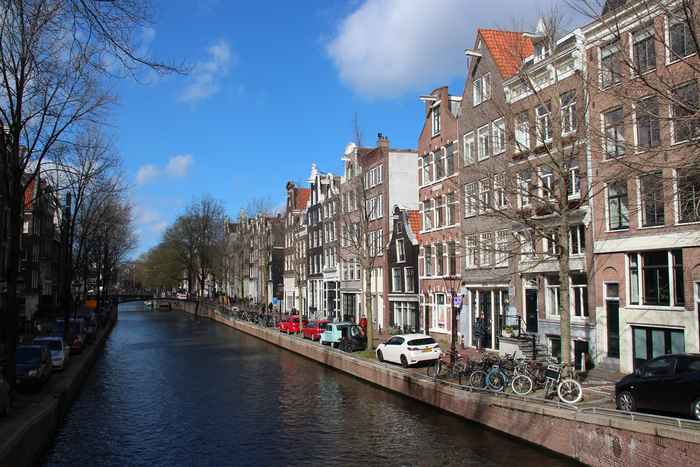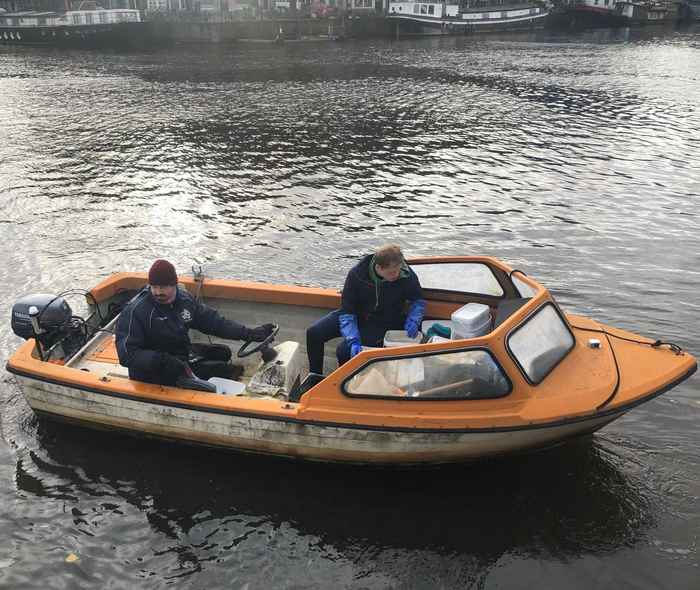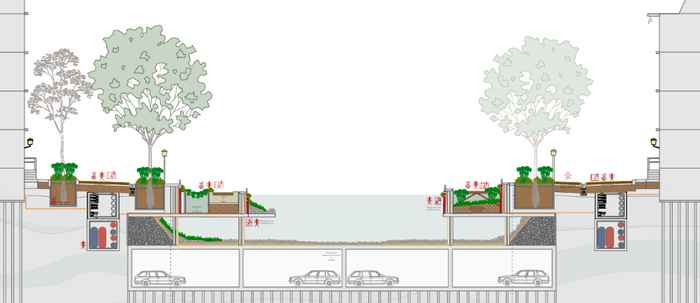Collaboration City of Amsterdam for biodiversity research in canals
3 June 2025

The oldest quay walls and bridges in Amsterdam are over a hundred years old, and many are in poor condition. Therefore, the City of Amsterdam has started a large-scale project to inspect these historic structures and restore or renovate them if necessary. This is the perfect opportunity for a consortium of universities and the municipality to investigate the multifunctionality of the quay walls.
Within this consortium, which is financed by the National Growth Fund, a team of scientists from the UvA Institute for Biodiversity and Ecosystem Dynamics (IBED) and Wageningen University are investigating how to increase biodiversity in the canals.
Aquatic biodiversity
The involved IBED researchers Annemarie van Wezel, Max Verweg, Harm van der Geest, Elisabeth Krueger, and Michiel Kraak focus specifically on underwater biodiversity. They also collaborate with Arjen de Groot (Wageningen University), who focuses on biodiversity above water.
In order to find out how quay walls can promote underwater biodiversity, the scientists first want to investigate the determining factors within biodiversity. What ensures that animal species can live in specific places? What is the influence of protection from shock waves, turbid water, shelter, and the presence of food such as plants?


Feasibility
When increasing underwater biodiversity, the researchers must also take limiting factors into account. First of all, parts of Amsterdam are on the UNESCO World Heritage List, for example, the water at the Rijksmuseum. This means that certain guidelines must be adhered to when changes occur. Another limiting factor is the amount of water that must flow through the canal.
Although the project is specifically focused on the canals in Amsterdam, the research and final design of the multifunctional quay wall will be general enough to be applied outside Amsterdam as well. This collaboration between the City of Amsterdam and the UvA therefore offers promising opportunities for sustainable renewal of urban infrastructures worldwide.
